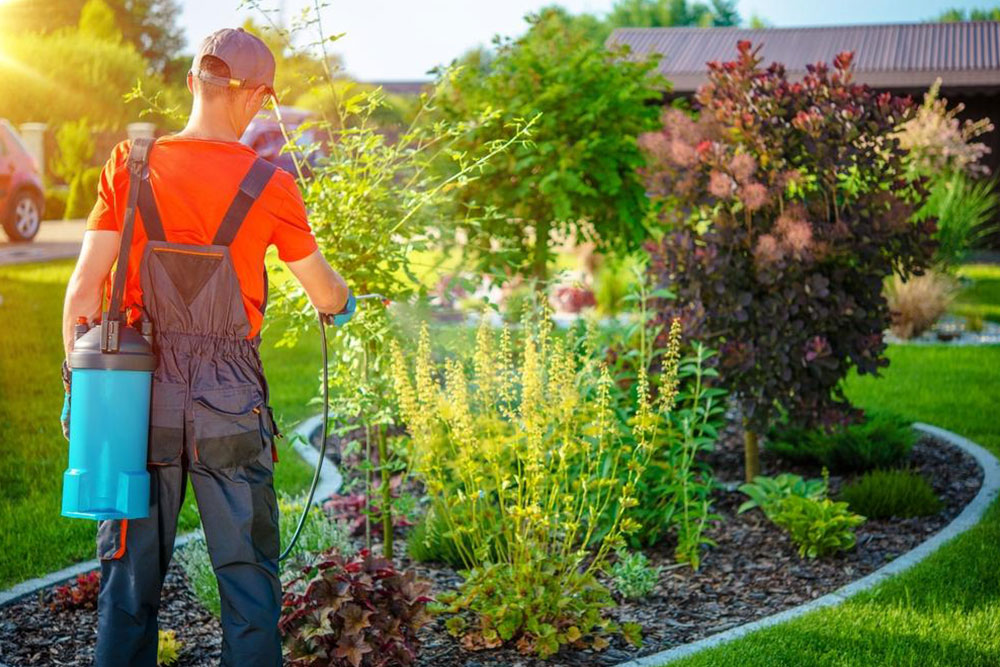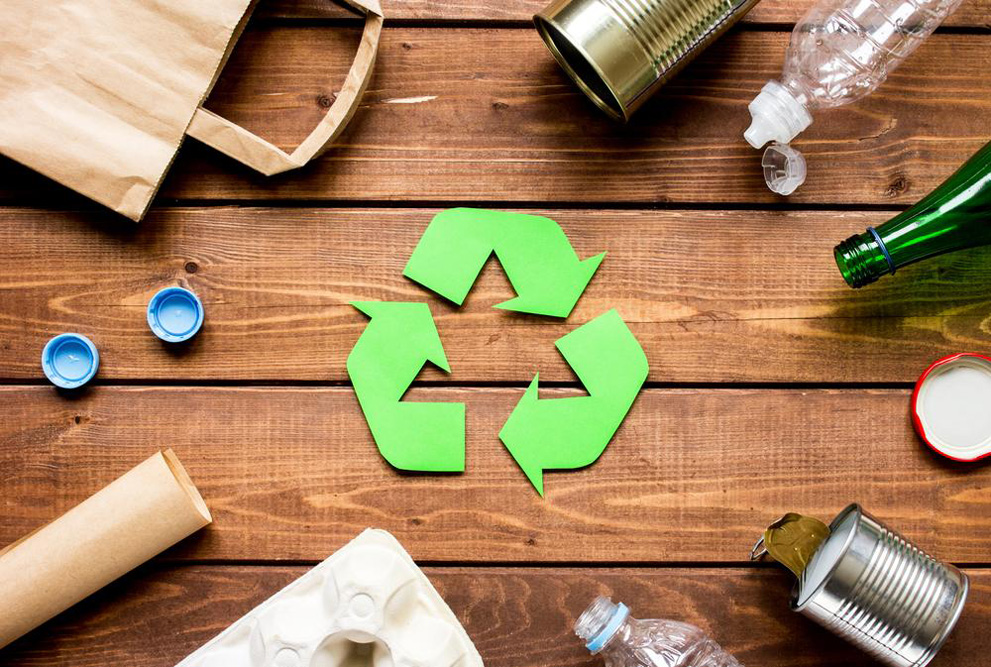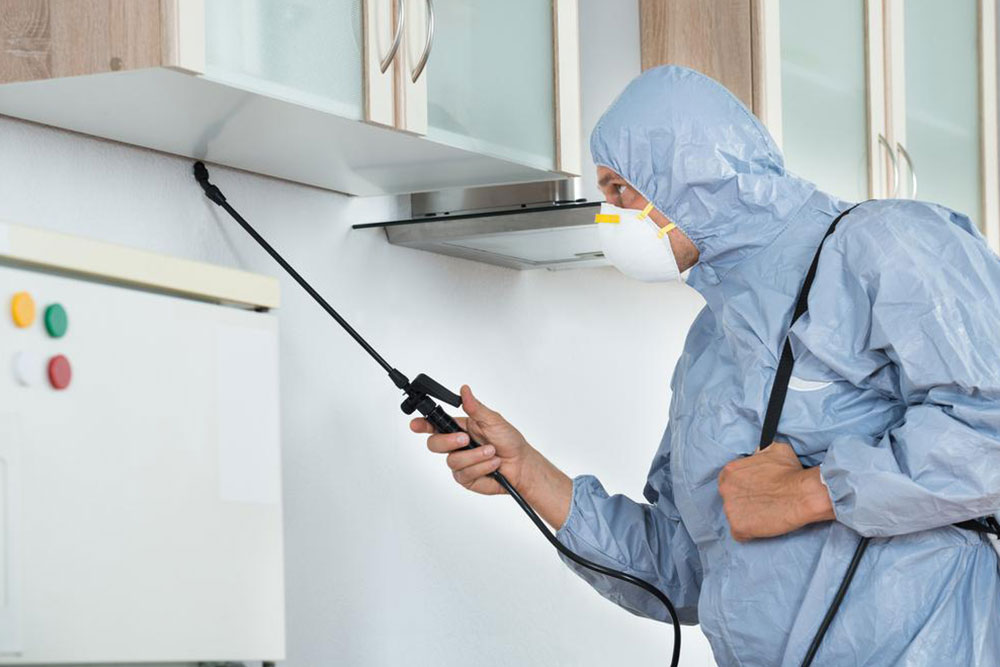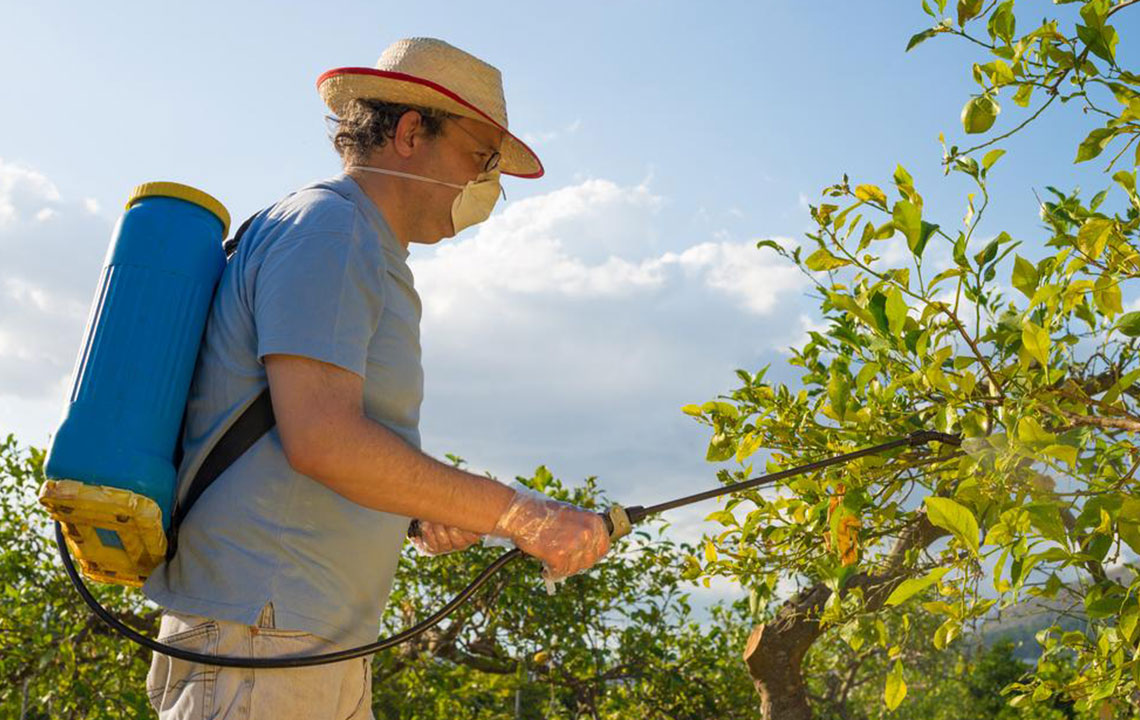Understanding the Principles of Eco-Friendly Pest Control
Discover eco-friendly pest management strategies that emphasize sustainability, safety, and long-term effectiveness. This approach combines biological, cultural, and physical controls to prevent pest issues while protecting the environment. Used in agriculture and urban settings, sustainable pest control minimizes chemical use, making it a safe choice for people, pets, and ecosystems. Learn how integrated pest management offers a responsible way to manage pests without harmful side effects, ensuring healthier environments and more effective pest suppression over time.

Understanding How Eco-Friendly Pest Control Works
Eco-friendly pest management, also known as sustainable pest control, involves environmentally conscious strategies to manage pest populations. Similar to traditional methods, it combines natural practices with targeted interventions to reduce pest-related damages. With detailed monitoring and planning, this approach minimizes chemical use, focusing on protecting people, animals, and the environment while effectively controlling pests.
This integrated method is commonly adopted in agriculture and urban environments. It emphasizes long-term pest suppression through cultural adjustments and resistant plant varieties, with chemical controls only applied after thorough assessment and in accordance with safety guidelines.
Treatments aim to target specific pest species without harming beneficial organisms or causing environmental damage. By identifying the core issues, pest control is achieved through preventive measures that safeguard both the affected areas and surrounding ecosystems.
The approach integrates three core components: monitoring, identification, and intervention. Monitoring evaluates environmental tolerance, identification determines appropriate treatment methods, and intervention addresses the pest problem effectively.
Long-term pest management combines these strategies for sustainable results. The key aspects include:
Cultural practices: Modifying environmental factors to hinder pest development. For instance, managing irrigation to prevent root and weed infections. Sustainable practices focus on creating environments less conducive to pests.
Mechanical and physical methods: Direct removal or exclusion of pests, such as trapping rodents or using sterilization techniques. Soil management, physical barriers, and steam sterilization help keep pests at bay while preserving ecological balance.
Chemical treatments are used cautiously, only when necessary, with an emphasis on minimizing ecological and health risks through targeted, responsible application.









